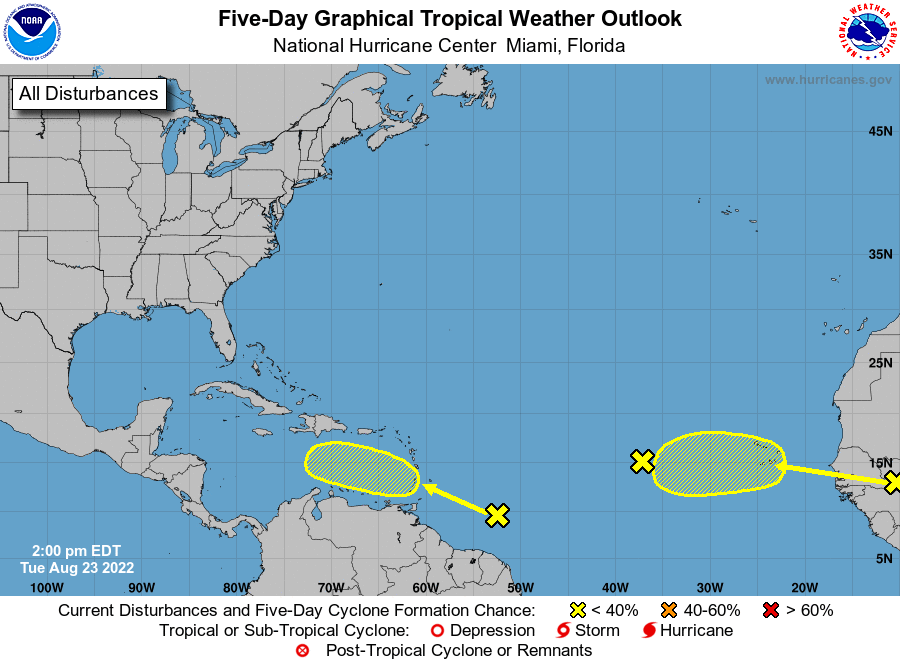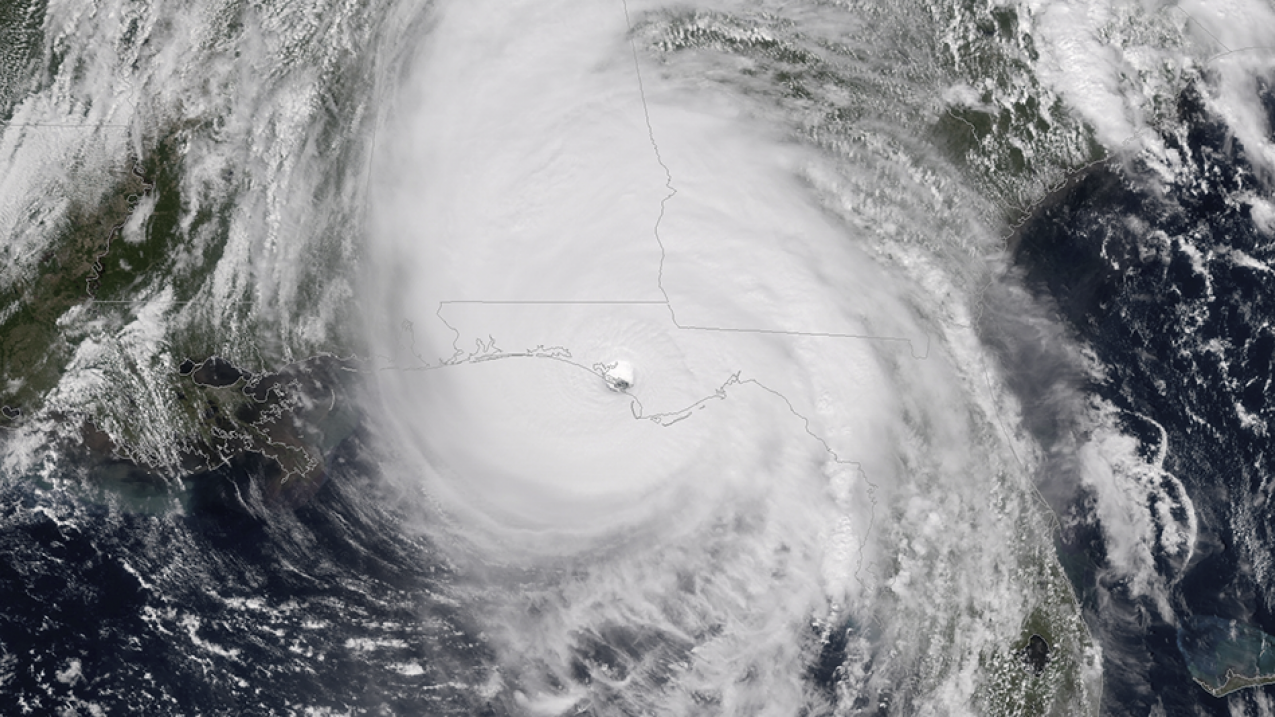Hurricane Season 2023 Preview: El Nino Returns

Predicting hurricane totals in the preseason is a difficult game. You only have so many data points to use, and those points only have SOME significance on how busy the season is. Other things, like when we’ll get favorably timed MJO passages, aren’t even knowable at this point. So take those forecasts for what they are, just some guidance on features we know can effect how busy a season is.
The big story this year, is the return of El Nino with anomalously warm water temperatures in the Pacific. The main reason this matters is the shear it will bring over the southern Gulf of Mexico and Caribbean.

In recent history, moderate to strong El Ninos have delivered below average activity in the Atlantic basin. So we should just go ahead and call it a below normal season and move on? Right?
Yeah, not so fast y’all. We did not have this favorable of an Atlantic background during the previous run of El Nino years. Going into the way back machine, to seasons before 1970 where there was an El Nino and a more similar look in the Atlantic, we find average to slightly above average seasons.

The above shouldn’t warm your heart along the Gulf Coast.
The good news is, I do think this season ends up front loaded. By late September, the strength of the El Nino should take over the southern part of the Atlantic basin and generally shut off tropical activity for the southern United States. Doesn’t mean you can’t see a hurricane in October this year, just that it’ll be way more likely in August.
So today, I’m going to dive into what the El Nino should cause in the Atlantic. In addition, going to look at the current state of the Atlantic and the long range models to show why El Nino isn’t going to just dominate this season. I personally this season ends up about average in terms of activity, with the pull of the competing factors just evening out.
The Main Impact of El Nino: Shear In The Caribbean

The obvious drop in track density in the Western Caribbean and Southern Gulf of Mexico during El Nino show you there’s something going on to reduce hurricanes in the region. That thing is an increase in vertical wind shear, due to an increase in westerly winds aloft that occur during an El Nino. Check out this plot of average wind speeds through the column for El Nino (EN) vs non El Nino (non EN). The location is Curacao, deep in the southern Caribbean.

More shear over the part of the basin that matures the most hurricanes, leads to fewer hurricanes. Weird.
This part of the basin, the Western Caribbean and Gulf produce a good bit of the ACE (accumulated cyclonic energy, how we measure how busy a hurricane season is) in the basin. So with it producing fewer storms, the basin overall ends up being less active than normal. Pretty straightforward, but doesn’t automatically mean the season will be anemic.
The rest of the details in the Atlantic are actually pointing toward a busy hurricane season.
Warmth In The MDR and A Wet Sahel Would Normally Point To Busy

Looking at the Sea Surface Temperature (SST) anomolies, you can see most of the Atlantic is running a degree or more above normal. There is a cool pool off the Eastern US, but otherwise presents a warm Main Development Region (MDR). The main region where storms develop being warm, as you’d expect, is a sign of a busy season coming.
This, to me, also presents the possibility of a number of long running Cabo Verde storms. Since the El Nino shear isn’t a thing farther east of the Caribbean, I think we’ll see a few storms form way out near Africa and run north of the Antilles. Those storms should generate substantial ACE, and probably make up for the lack of Caribbean activity.
The other piece of that is, those storms running north of the islands normally get turned back out to sea. Normally. Still are going to have to pay close attention to anything wanting to cut the Florida Straights into the Gulf.
Wet and Active Over The Sahel. That’s Where Waves Are Born.

That’s a very rainy look over the region that produces our easterly waves. This suggests an abnormally high number of waves coming off Africa, and that a fair number will be quite healthy when they do. Assuming there isn’t substantial shear (from non El Nino reasons) right off the coastline, the warm MDR combined with all the waves should yield numerous long run opportunities over the season.
In short, I’m expecting a few long running hurricanes, but for them to mainly go north of the Caribbean. These storms should help this be at least an average season, despite the El Nino.
The Season Should Fall Off By October

The reason I think the season starts to lose steam in October is the region storms form. You really start to see a decrease in Cabo Verde storms (farther east formers) and have more form closer to home in the Western Caribbean and Gulf of Mexico. By that point, the El Nino coupling with the atmosphere should be on and that shear will be apparent across the same region. Put together, I’d expect the number of tropical systems and ACE in October to be below normal.
September ends up being a huge question mark and the difference between below, average, or above average. The modeling points to SST remaining very warm at this point, and the wave source in Africa looks to be a little above average on modeling. By the end of the month though, the same questions for October being to arise. Will we see storms form and actually mature closer to home?
tl;dr version
I’m expecting an average to even slightly above average hurricane season, despite the El Nino. The reasoning is I expect a few storms to avoid the shear in the Caribbean, while also getting developed early in the warm MDR. Those storms generally will run north of the Caribbean and turn eventually. Though, we’ve seen a few of these over the years get into the Gulf and be a huge headache.
Remember y’all, it only takes one storm to ruin your season.
I also expect the season to be front loaded. Shear will increase across the Caribbean and Southern Gulf of Mexico as the season wears on. By the time things get toward late September, this becomes a more important formation region and historically tracks cluster in the region. So, with a more hostile background around, I expect less storm formations and weaker storms that do.
Very interesting push and pull between a lit Atlantic and a Pacific looking to “ruin the fun”. That’s all I got for today.





